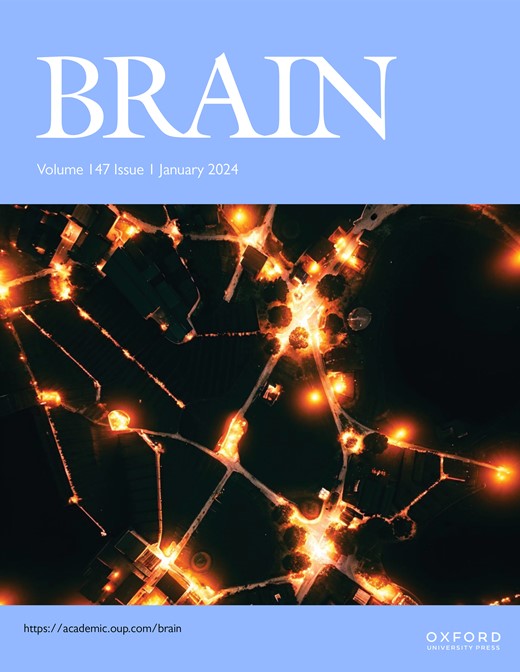The cognitive neuroscience of ketamine in major depression
IF 11.7
1区 医学
Q1 CLINICAL NEUROLOGY
引用次数: 0
Abstract
Ketamine's potential as a rapid-acting antidepressant was first identified in 2000, despite its long-standing use as an anesthetic agent. Clinically, ketamine alleviates depressive symptoms, including the difficult to treat symptom of anhedonia, within hours, with the effects of a single dose lasting for days. Since then, research has focused on uncovering the mechanisms underlying its rapid antidepressant effects in both humans and animal models. While its molecular and cellular effects have been extensively characterized, its impact on cognitive and neuropsychological mechanisms - potential mediators of its clinical efficacy - remains an area of ongoing investigation. Preclinical studies suggest that ketamine rapidly influences the lateral habenula (involved in punishment processing) and fronto-striatal (reward) systems, reverses negative affective biases in established memories, and promotes long-term stress resilience. Translating these findings to human models is crucial, and emerging evidence suggests that ketamine engages similar mechanisms in healthy volunteer and patient groups. However, its clinical application is constrained by acute side effects and an unknown long-term safety profile. Further research into ketamine’s mechanisms of action will be essential to inform the development of novel, safer, and more accessible rapid-acting antidepressants.氯胺酮对重度抑郁症的认知神经科学研究
氯胺酮作为一种速效抗抑郁药的潜力在2000年首次被发现,尽管它长期被用作麻醉剂。在临床上,氯胺酮可以在数小时内缓解抑郁症状,包括难以治疗的快感缺乏症状,单剂量的效果可以持续数天。从那以后,研究的重点是揭示其在人类和动物模型中快速抗抑郁作用的机制。虽然其分子和细胞效应已被广泛表征,但其对认知和神经心理机制的影响-其临床疗效的潜在介质-仍是一个正在进行研究的领域。临床前研究表明,氯胺酮能迅速影响侧缰核(参与惩罚处理)和额纹状体(奖励)系统,逆转已建立记忆中的负面情感偏见,并促进长期压力恢复能力。将这些发现转化为人体模型是至关重要的,新出现的证据表明氯胺酮在健康志愿者和患者群体中具有类似的机制。然而,其临床应用受到急性副作用和未知的长期安全性的限制。进一步研究氯胺酮的作用机制对于开发新型、更安全、更容易获得的速效抗抑郁药至关重要。
本文章由计算机程序翻译,如有差异,请以英文原文为准。
求助全文
约1分钟内获得全文
求助全文
来源期刊

Brain
医学-临床神经学
CiteScore
20.30
自引率
4.10%
发文量
458
审稿时长
3-6 weeks
期刊介绍:
Brain, a journal focused on clinical neurology and translational neuroscience, has been publishing landmark papers since 1878. The journal aims to expand its scope by including studies that shed light on disease mechanisms and conducting innovative clinical trials for brain disorders. With a wide range of topics covered, the Editorial Board represents the international readership and diverse coverage of the journal. Accepted articles are promptly posted online, typically within a few weeks of acceptance. As of 2022, Brain holds an impressive impact factor of 14.5, according to the Journal Citation Reports.
 求助内容:
求助内容: 应助结果提醒方式:
应助结果提醒方式:


